
iNaturalist | Recorded by: hydaticus - Robby Deans on 2025-07-31
Forsyth Co.
Comment: iNat record - https://www.inaturalist.org/observations/329143057***(c) Robby Deans, some rights reserved (CC BY-NC)| Public Positional Accuracy=20 m Elevation= feet | 
| Recorded by: John Petranka on 2025-06-22
Orange Co.
Comment: |

iNaturalist | Recorded by: maryruss - Siler Russ on 2024-10-15
Brunswick Co.
Comment: iNat record - https://www.inaturalist.org/observations/247515648***(c) Siler Russ, some rights reserved (CC BY-NC)| Public Positional Accuracy=31 m Elevation= feet | 
| Recorded by: Jeff Niznik, David George on 2024-07-25
Durham Co.
Comment: |

iNaturalist | Recorded by: noncognosco - Randy Herman on 2024-07-05
Rockingham Co.
Comment: iNat record - https://www.inaturalist.org/observations/227394367***(c) Randy Herman, some rights reserved (CC BY-NC)| Public Positional Accuracy=4 m Elevation= feet | 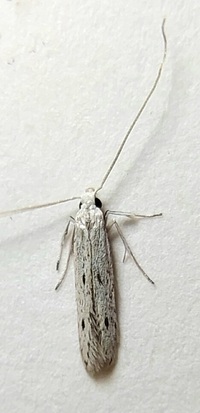
| Recorded by: Mark Basinger on 2024-06-19
Brunswick Co.
Comment: |

| Recorded by: R. Newman on 2024-05-29
Carteret Co.
Comment: | 
| Recorded by: Mark Basinger on 2024-05-27
Brunswick Co.
Comment: |
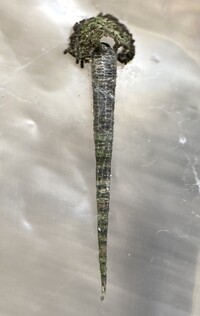
| Recorded by: Dean Furbish on 2024-05-09
Pender Co.
Comment: | 
| Recorded by: Dean Furbish on 2024-05-09
Pender Co.
Comment: |
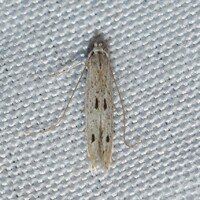
| Recorded by: Jeff Niznik on 2023-07-12
Chatham Co.
Comment: | 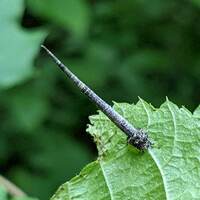
| Recorded by: David George, Jeff Niznik on 2023-06-23
New Hanover Co.
Comment: on Live Oak |
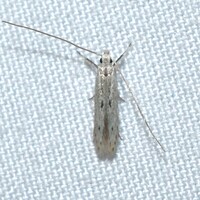
| Recorded by: Jeff Niznik on 2023-06-17
New Hanover Co.
Comment: | 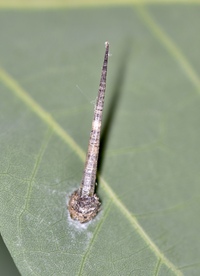
| Recorded by: Stephen Dunn on 2023-05-25
Orange Co.
Comment: |
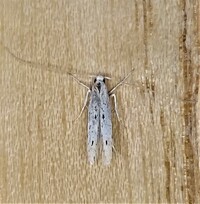
| Recorded by: Gary Maness on 2022-07-03
Guilford Co.
Comment: | 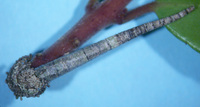
| Recorded by: J.B. Sullivan on 2022-05-15
Carteret Co.
Comment: |
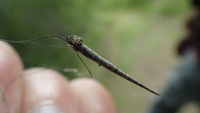
| Recorded by: Erich Hofmann and Kayla Weinfurther on 2022-04-29
Columbus Co.
Comment: | 
iNaturalist | Recorded by: leahwalsh - Leah Walsh on 2021-06-13
Forsyth Co.
Comment: iNat record - https://www.inaturalist.org/observations/83174603***(c) Leah Walsh, some rights reserved (CC BY)| Public Positional Accuracy=192 m Elevation= feet |
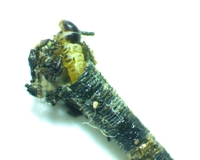
| Recorded by: Ken Kneidel on 2021-01-04
Mecklenburg Co.
Comment: | 
| Recorded by: Ken Kneidel on 2021-01-04
Mecklenburg Co.
Comment: |
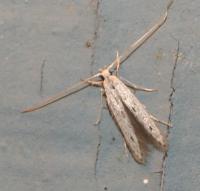
| Recorded by: Vin Stanton on 2020-07-07
Buncombe Co.
Comment: | 
| Recorded by: J.B. Sullivan on 2020-03-27
Carteret Co.
Comment: |
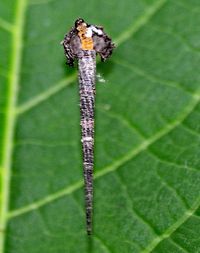
| Recorded by: Paul Scharf,B. Bockhahn, C.Mitchell on 2015-06-05
Durham Co.
Comment: | 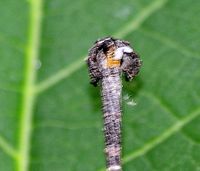
| Recorded by: Paul Scharf,B. Bockhahn, C.Mitchell on 2015-06-05
Durham Co.
Comment: |

| Recorded by: Lenny Lampel on 2014-06-10
Mecklenburg Co.
Comment: | 
| Recorded by: Harry Wilson on 2011-06-14
Wake Co.
Comment: |
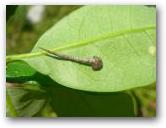
| Recorded by: Newman, Randy on 2008-05-21
Carteret Co.
Comment: | 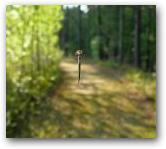
| Recorded by: FKW on 2006-05-13
Gates Co.
Comment: |
|

 »
»




















